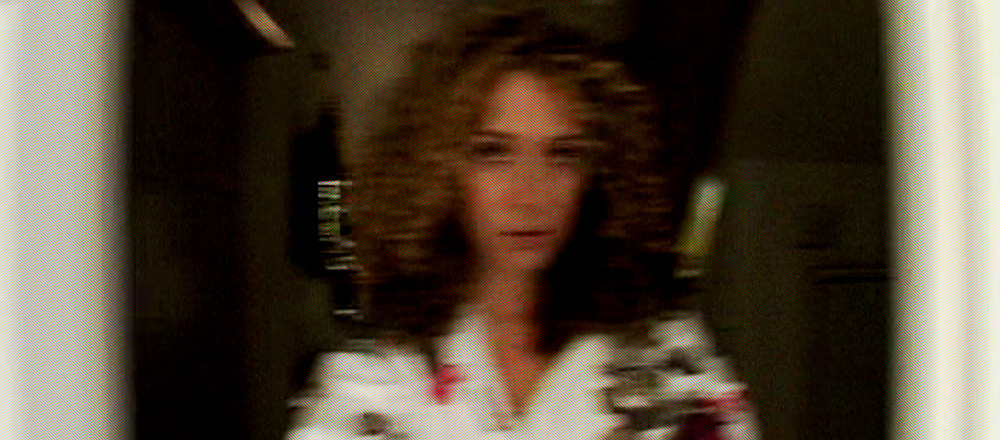“We are aware that there will be those who say ‘What a shame to show us these characters’, but I would always rather be brave.”
– Rob Brydon, The Sunday Telegraph, 2nd September 2001
“You’ve got to carry on swimming. I was really keen not to put this precious character of ours in a cul-de-sac where he only functions in a monologue.”
– Hugo Blick, The Sunday Telegraph, 2nd September 2001
“A Small Summer Party [is] entirely unnecessary. In advance, this was billed as our chance to “find out how the Marion and Geoff story began”. The trouble was that we already knew.”
– James Walton, The Daily Telegraph, 4th September 2001
A Small Summer Party, broadcast on the 3rd September 2001, remains a controversial entry into the Marion & Geoff1 universe. A retelling of that fateful summer barbecue where Keith’s life finally falls apart, I can’t say I really understand complaints that the episode was pointless, simply because we already knew what had happened. I don’t see sitcom as a content-delivery mechanism for plot.
I do have a bit more sympathy with James Walton’s other issues with the show:
“It was in episode six of the original series that Keith (Rob Brydon), speaking more quickly and nervously than usual, told us about the day when it finally became undeniably apparent that his wife was unfaithful and his marriage was finished… As ever, we had to do a bit of thinking to figure out from Keith’s version precisely what had happened – but, as ever, this only made the effect more powerful. Which may be why that 10-minute monologue managed to be funnier, sadder, subtler, and more dramatic than yesterday’s 50-minute fleshing out of the events Keith had described.”
As evidenced by Rob Brydon and Hugo Blick’s comments which opened this article, this is exactly what they were worried about when it came to making A Small Summer Party… and decided it was worth the risk. It’s a risk which I personally think comes off, despite entirely understanding why people fell in love with the monologues. I just think A Small Summer Party has more than enough of interest going on in its own right.
I admit that my favourite thing about the show is fairly obvious: how it plays as a found footage horror movie. A suburban Blair Witch Project, which was a film still relatively fresh in the memory back in 2001. But this surely wasn’t just some clever-clever directorial flourish; framing the show like this was far from an arbitrary choice. To Keith, this really is a horror film: the most horrific day of his life. And to most of the audience watching, this kind of domestic horror is far more likely to be a part of their lives than encountering evil spirits… or even an axe murderer.

A successful piece of television or not, one thing is true: A Small Summer Party has barely been repeated on the Beeb. It got a couple of BBC Choice showings the week after first transmission, and then nothing. Three years later in 2004, it did get a DVD release as part of Series 2… but not in its original broadcast version. Instead, it was an extended edit – specifically labelled as a Director’s Cut – increasing the 50-minute special up to a full hour.
Which is perhaps a bit of an strange choice. Even if you enjoyed the show, it was surely long enough in its original form, if not a little too long. It’s at times like this that you wish the release had a commentary, so we could hear all of Blick’s reasoning for the changes. As it is, we’ll have to prod the show ourselves.
You know the drill by now. Let’s take a look at every single change made between the original broadcast version of A Small Summer Party, and the extended DVD edit. All timings given are for the broadcast edit, which is also available on iPlayer.
Marion & Geoff, or Marion and Geoff? I’m going for Marion & Geoff unless I’m quoting someone else, because that’s what it’s called on the show’s title card. Bite me. ↩
